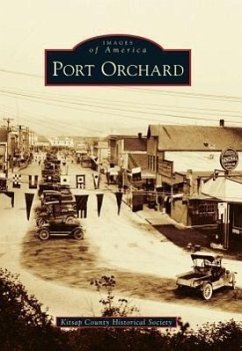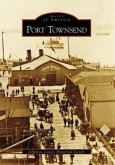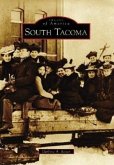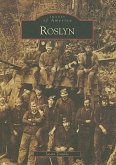The town of Sidney was platted in 1886 by Frederick Stevens and contained a pottery works, shingle mill, and sawmill by 1889. The surrounding thick forests and lack of roads meant the area was accessible only by water. The year 1889 also saw the building of the first wharf, allowing numerous passengers and freight steamers of the Mosquito Fleet (so called because its numbers were said to resemble a swarm of mosquitoes) to stop at Sidney, thus facilitating the growth of the town. In December 1890, three months after Sidney's incorporation, the federal government approved Sinclair Inlet as the location for a Pacific Northwest shipyard. Early major developments determined the town's future: moving the county seat from Port Madison to Sidney, renaming the town Port Orchard, and locating the Washington State Veterans Home near Port Orchard.








